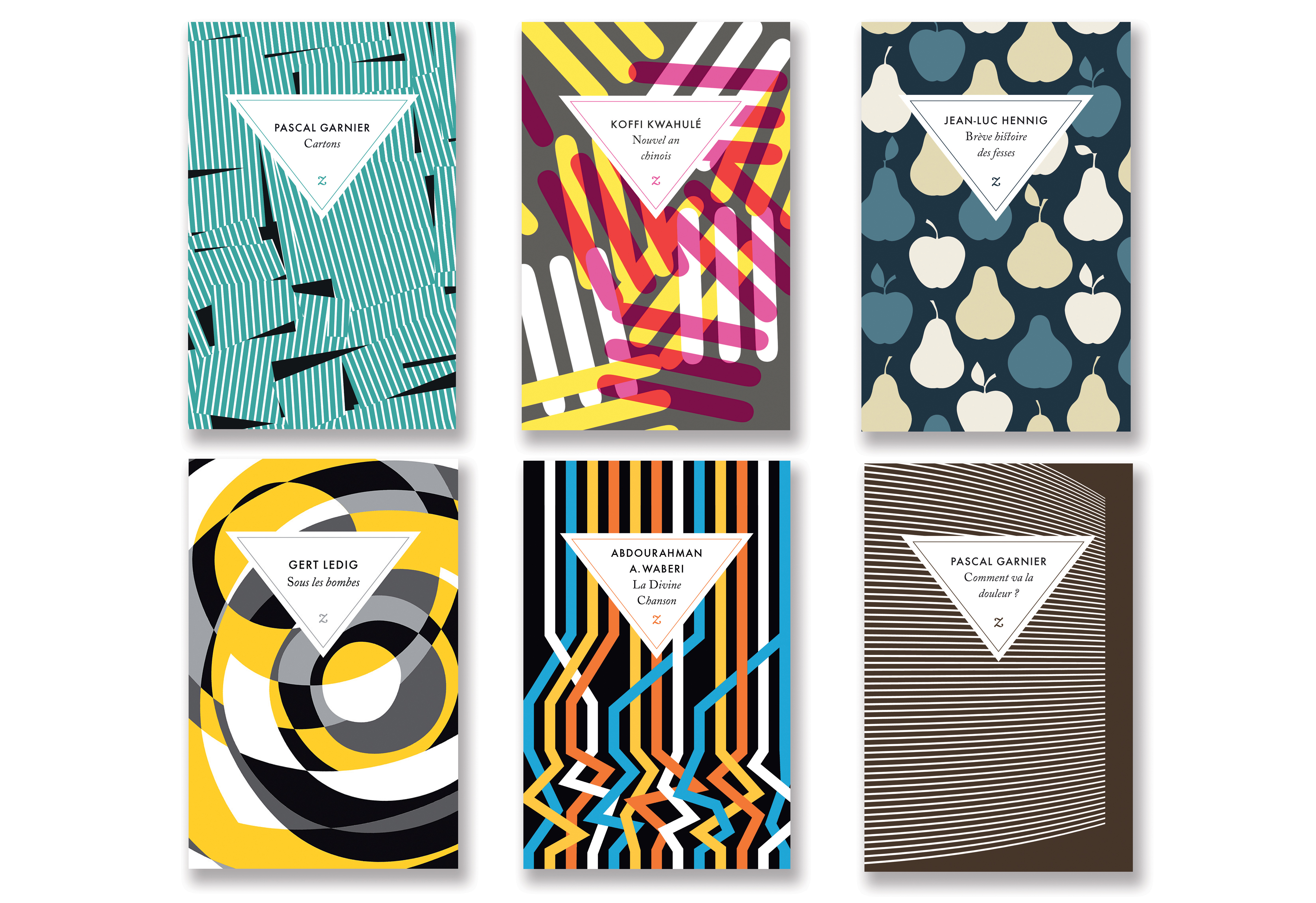How to design a contemporary book cover
To read or not to read?
Erkas stumbled into cover design after a “frustrating job as a junior designer working in corporate branding”. Does she always read the book before designing the cover? “Ideally I would read the whole book, if the deadline lets me,” she says. “What I sometimes like to do is read the book only halfway, or three quarters of the way through, before I start sketching some ideas, and then I'll finish reading it before I complete my first round of roughs.”
For Pearson, reading the text first is desirable, but not always possible. “Ideally, you would read the book – key themes and ideas present themselves so readily that way – but it’s important to remember that the book isn’t always written by the time a designer is summoned,” he explains.
“Often we receive only the vague promise of a book, with design work regularly taking place even before a title is settled on, which is one of the disadvantages of the cover having to be produced so far in advance. In this instance, I would look to speak to the book’s editor or, better still, the author, to try and build a sense of the book’s tone and temper.”

The covers for Éditions Zulma presented Pearson with a particular problem. “It’s important to point out that I’m not a French speaker, and as a result I have to lean on some incredibly visually literate editors who convey the essence of the books to me,” he says.
“This process [of discussing books] plugs everyone into the design process and makes us feel collectively responsible for the outcome. It also ensures that I don’t shoulder all of the blame when the books fail to sell!” Pearson adds that the French book market is less visually aggressive than in the UK, which allows him to create more quietly suggestive covers.
When designing a cover for a fiction title, Faber & Faber in-house designer Eleanor Crow, insists that reading the text is always essential. “I would find it impossible to get the tone of the writing, and a sense of the readership, without it,” she claims. “Also, small details and less obvious, but still significant, strands in the novel might lend themselves to a cover.”
Jim Stoddart at Penguin Press also advocates a close reading of the text. But he adds a caveat. “With new books, the ideal set-up is to be given a finished manuscript 12 months before publication, which allows three months to read, digest, come up with ideas, create visuals, get approval for one chosen route, and complete final artwork.
Daily design news, reviews, how-tos and more, as picked by the editors.
However, it would also be wrong to design a cover that only makes sense once you’ve read the book. The people we are aiming to appeal to are those that haven’t read the book, that may be browsing in a bookshop and literally know nothing about the book – you may have only two or three seconds to grab their interest before their eyes drift to the next book.”
Next page: Design considerations for shelf appeal and online thumbnail
Current page: Do cover designers need to read the book?
Prev Page Book cover design challenges Next Page How to achieve shelf standout
Adrian Shaughnessy is a graphic designer, writer, publisher, and senior tutor at RCA. Adrian is co-founder of the publishing imprint Unit Editions. The company publishes a wide range of graphic design books. Shaughnessy is the author of monographs on Herb Lubalin, Ken Garland, FHK Henrion and Lance Wyman. He has also edited, or co-edited: GraphicsRCA: Fifty Years and Beyond. (RCA); Manuals 2. Design and Identity Guidelines (Unit Editions); and Total Design 1963–73. Expanded edition (Unit Editions).
